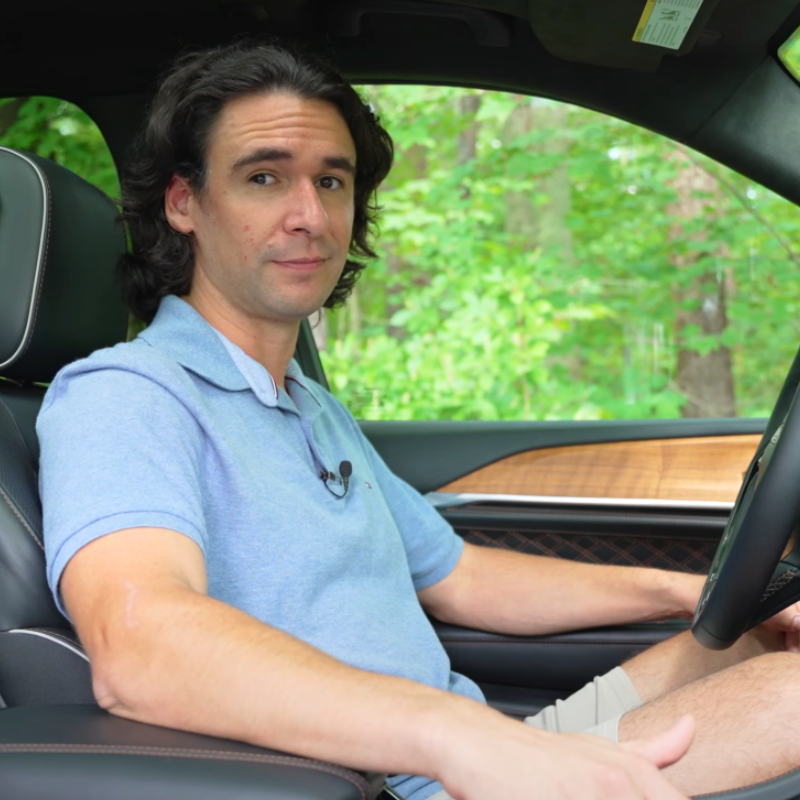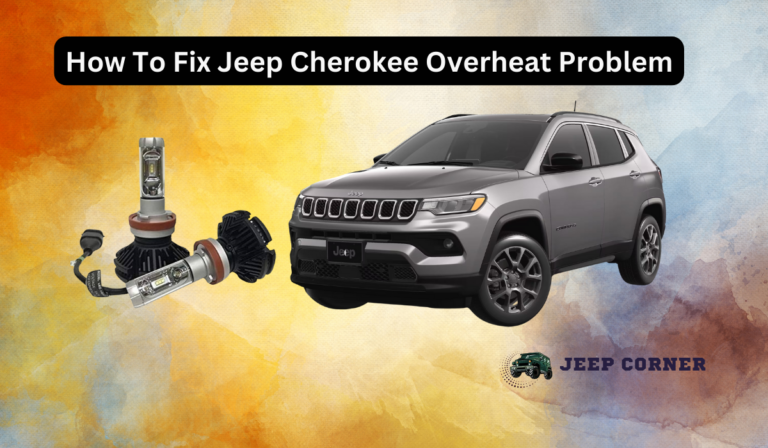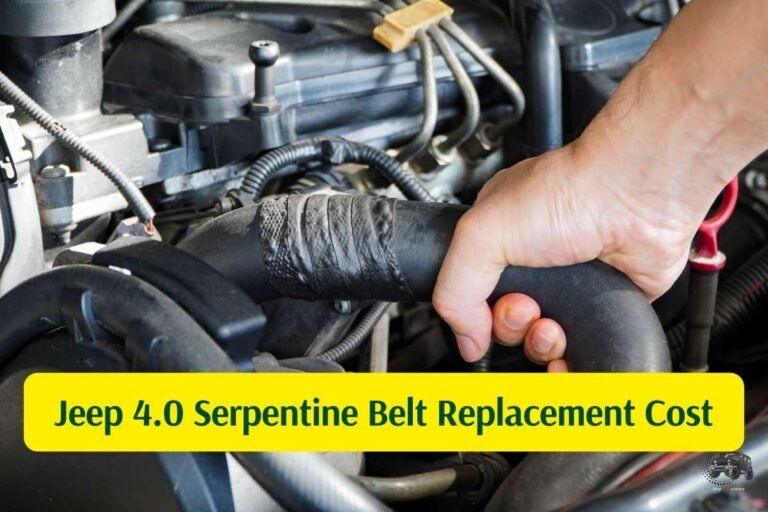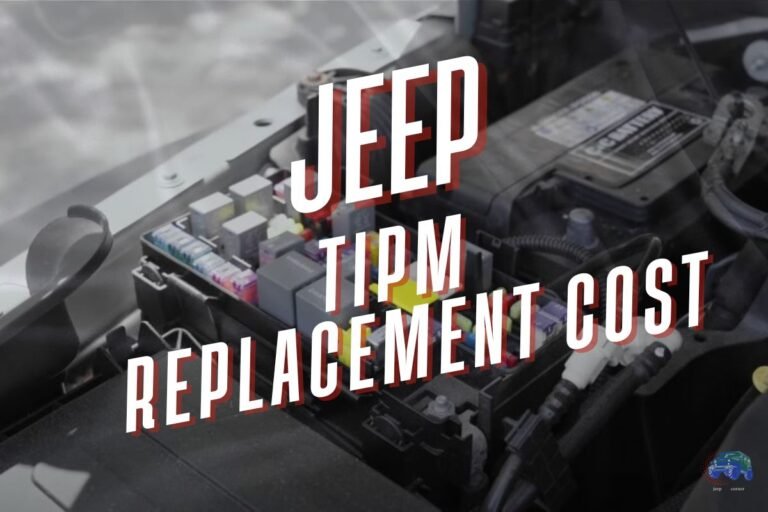Jeep Grand Cherokee Radiator Replacement Cost || The Real Cost Of Replacement
The Jeep Grand Cherokee’s radiator failure is one of its most frequent issues. You finally have to repair the radiator due to this issue. However, how much would a Jeep Grand Cherokee radiator replacement cost?
If it is above repair, the typical radiator replacement price for the parts and installation with labor cost is between $292 and $1000. Thus, the radiator repair expense will be close to $671. Depending on your car’s model and how complicated the job is, the cost can vary greatly.
We will learn everything there is to know about the radiator replacement cost for the Jeep Grand Cherokee in this article. Stay till the finish if you want to know the outcome at the end.
When Should You Get A New Radiator?
The manufacturer will give an ideal maintenance schedule for each vehicle, which will include routine coolant replacements during tune-ups.
- This will typically occur between 25 and 40,000 miles. So changing the filter after this milage should help avoid any problems with coolant delivery.
- The radiator tanks are likely to crack if the engine overheats, which could result in serious damage if they are not promptly fixed or replaced.
- Your garage would either suggest rebuilding the radiator totally, restoring the old coolant by fixing the tank and thermostat, or replacing any worn-out lines. The average cost of replacing a radiator hose is about $50, which is far less than the total cost of maintenance.
- Regular engine overheating and coolant leakage are common indicators that the radiator needs to be replaced. And you’ll typically notice a coolant leak if the Jeep Grand Cherokee has already been sitting still for a while.
Moreover, there will be a tiny pool of red or yellow liquid underneath the Jeep Grand Cherokee.
Nonetheless, when such things happen, bring your Cherokee to a shop right away to avoid more harm. But do you know the price for that?
Cost to Replace a Radiator on a Jeep Grand Cherokee
Before making the decision to replace the Jeep Grand Cherokee’s current radiator, you must have a clear idea of the anticipated costs. We will go over and make clear every aspect of this replacement job, including projected expenses, in order to assist you right now immediately.
The final cost will also depend on the costs of the additional components required. The typical cost of replacing the Jeep Grand Cherokee radiator ranges from $292 to $700.
It is advised to change the radiator cap with thermostats if you plan to replace your radiator. The radiator must be checked again for leaks after being replaced. To help ensure it is in proper working order, do this.
However, the cost of a radiator might vary depending on its brand, kind, size, and material. Here is a list of radiators from which you can get a rough idea.
| NAME | Labor Cost | Parts Cost | Estimated Expense (AVG) |
| Jeep Grand Cherokee 4.7 2005 | $127 – $184 | $326 – $382 | $400-$500 |
| Jeep Grand Cherokee 4.0 2005 | $122 – $146 | $327 – $361 | $400-$500 |
| Jeep Grand Cherokee 4.7 2004 | $129 – £188 | $350 – $404 | $550-$600 |
| Jeep Grand Cherokee 4.0 2004 | $124 – £149 | $329 – $364 | $450-$520 |
| Jeep Grand Cherokee 4.7 2003 | $129 – £188 | $350 – $404 | $560-$600 |
| Jeep Grand Cherokee 4.0 2003 | $125 – £150 | $329 -$364 | $500-$600 |
| Jeep Grand Cherokee 4.7 2002 | $119 – £143 | $344 – $397 | $450-$550 |
| Jeep Grand Cherokee 4.7 2001 | $125 – £182 | $323 – $357 | $400-$500 |
Are Radiators Replaceable By Yourself?
Radiator replacement is a task that should be left to experts. You may frequently check your radiator as a car owner to see whether there is any actual injury.
However, you will require professional assistance when it comes to fixing and replacing it. But we will walk you through the process of changing a radiator step-by-step for your convenience:
Necessary Tools
- Sink Pan
- modern radiator
- Screwdrivers
- Stands and Jack
Below, we are going to make it easy for you to install your radiator. Just follow our easy steps.
Step 1: Examination
Before changing a complete radiator, take a moment to inspect the entire coolant system. Look for any indications of leakage on the radiator cap. Check the hoses and belts for corrosion, leaks, and cracks.
Examine the fan clutch bearings here between the radiator as well as the pump motor for any play.
Don’t forget to check the thermostat on your vehicle. If the engine overheated as a result of your cooling issue, your thermostat might have been damaged. So, if you decide to replace the radiator, you might want to fix this small component.
Step 2: Radiator Drain
There are two methods for draining radiators. Replace the radiator cap in any circumstance. Remove the cap, open the petcock valve, or disconnect the bottom leaky radiator to drain the coolant. Draining the coolant into a reservoir is recommended.
Step 3: Cut off the radiator
Start removing the clamps, hoses, and radiator bolts that are keeping the radiator in position just after the coolant has been drained. You must disconnect the following parts from the majority of vehicles
Step 4: Take Away The Old Radiator
After all of the nuts, hoses, and connections have been taken off, you must be able to take the radiator out of the automobile. While some radiators can be easily removed by raising the car off the road, others need to be taken out from below.
Step 5: Install the fresh radiator
After putting in the new radiator, replace all of the pieces that were previously detached. the reservoir pipe after starting with the radiator installation bolts.
Step 6: Insert Coolant
Verify that now the petcock is shut, along with all the other radiator’s valves and covers. Once the hoses and nuts are secured, add coolant to the new radiator. See if any oil or transmission fluid was spilled during the installation by checking the levels.
Step 7: Bleed the cooling system’s air
There is a chance that trapped airflow flows in the coolant will lead to overheating and a decline in the heater’s output performance. Consult a repair manual for clear instructions about how to remove the trapped air because the technique for bleeding air varies depending on the type of vehicle.
Conclusion
When on the road, the radiator is among the car’s delicate systems that must be carefully monitored to ensure the driver’s and vehicle’s safety. When you discover any indicators of trouble, you should get it to your technician as soon as possible.
Poor radiator maintenance or a broken radiator increases the likelihood of a problem, and replacing the radiator at the appropriate time is the best solution.
This article has covered the basics of the Jeep Grand Cherokee radiator replacement cost. So perhaps at this point, you find even the most difficult tasks to be quite simple.








